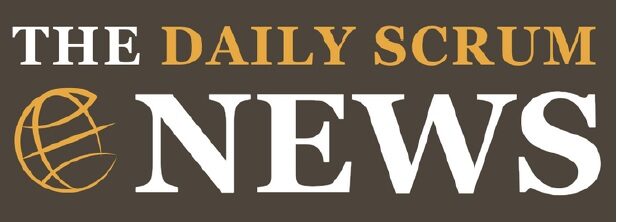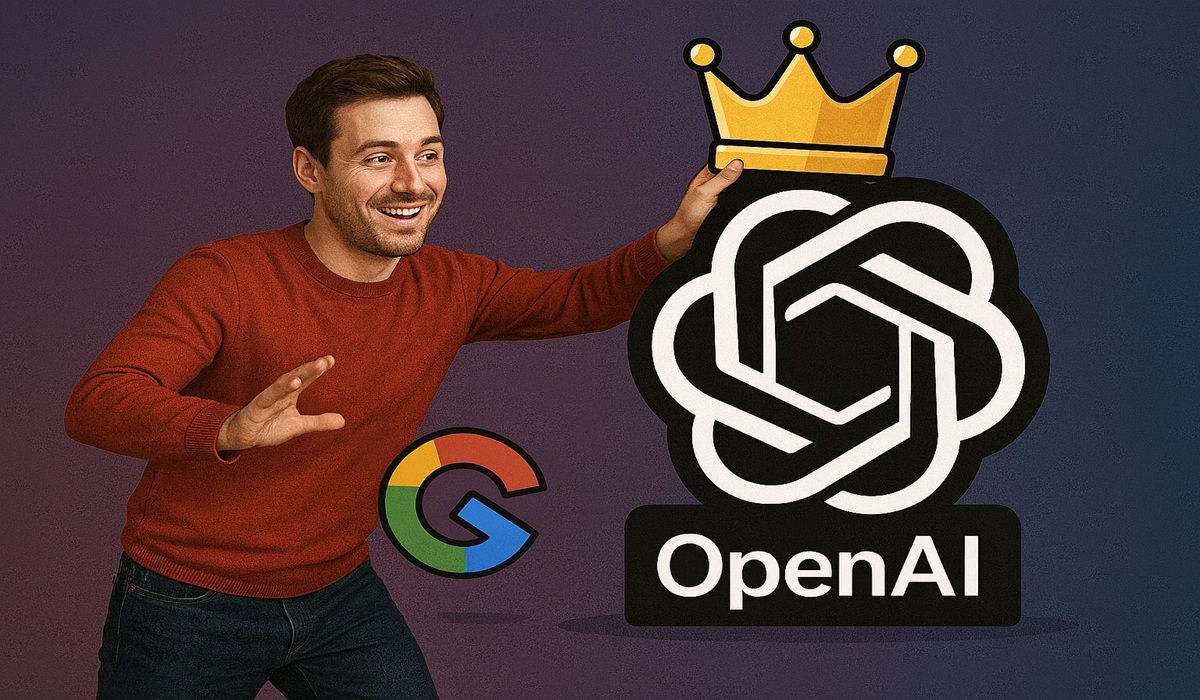Four Words That Will Help You Get Hired: Features Tell, Benefits Sell
- Nick Kossovan
- The Art of Finding Work
- Trending News
- November 3, 2025

Image Credit, Geralt
The selling principle features tell, benefits sell highlights that customers are driven by outcomes, not technical details. While a product’s features describe what it is or does, its benefits explain why that matters to the customer. Successful salespeople focus on conveying the benefits of their products or services in a way that builds both practical and emotional connections.
Most job seekers refuse to acknowledge that job searching is a sales activity, which explains their prolonged search. A job seeker has one goal: to sell their value (benefit) to employers. Applying the features tell, benefits sell selling principle to your job search will significantly shorten it. Getting hired depends less on what you can do and more on the value you can contribute to an employer’s profitability.
Start by identifying your features (skills, experience) and then explain how they offer a tangible benefit (value).
Feature: 15 years of delivering $4 million+ projects under budget and on schedule.
Benefit: Projects are finished on time and within budget, resulting in cost savings (enhancing profits) and client satisfaction (recurring revenue).
Feature: Automated data collection and analysis processes, reducing reporting time from 7 hours to 1.5 hours.
Benefit: Executives can make decisions more quickly.
Feature: Delivered training to over 50 employees, raising performance metrics within three months by 15%.
Benefit: Increasing employee productivity eliminates the need to increase headcount.
LinkedIn Profile: Your 24/7/365 Online Presence
Your LinkedIn profile is how recruiters and employers discover you and assess whether you’re interview-worthy. For these reasons, you should consider your LinkedIn profile more important than your résumé. Your LinkedIn profile and activity will either enhance or hinder your job search. Employing the feature-benefit approach throughout your profile is a game-changer.
“As a Sales Manager at Ziffcorp, I led a team of eight outside sales representatives for five years, consistently surpassing our annual sales target by at least 120%, resulting in a 15% year-over-year growth without additional marketing investment.” This shows potential employers not just what you did, but also why it matters; what employer doesn’t want growth without spending more on marketing?
Applying the feature-benefit approach throughout your profile is how you get employers to see you as a solution provider worth having on their payroll. Why would an employer hire you if they don’t see an ROI from hiring you?
Résumé: Your Marketing Document
Like your LinkedIn profile, résumé is an opportunity to leverage features tell, benefits sell. As you should be doing throughout your LinkedIn profile, craft narratives that highlight your accomplishments and their impact. Avoid duplicating your LinkedIn profile; redundancy wastes valuable space that could be used to expound the benefits of hiring you.
“I oversaw Grubhub’s marketing campaigns, which led to a 55% increase in lead generation from 2022 to 2024, eliminating the need to buy leads.” Again, what employer doesn’t want growth without incurring additional marketing expenses?
Cover Letter: Reason to Read Your Résumé
Not including a cover letter is lazy. I don’t know a hiring manager who hires lazy. Using your cover letter to provide context around your features, the ones the employer is looking for (skills, years of experience) and explaining the benefits they offer, gives compelling reasons to read your résumé.
Don’t just say, “I have five years of customer service experience.” Instead, say, “Having worked in customer service for five years, I have developed a skill that enables me to resolve conflicts quickly. This has led to a 95% customer satisfaction rate, which correlates directly with customer loyalty and retention.”
Name an employer that doesn’t consider retention and loyalty essential for their business success.
Interviewing: The Sales Pitch
An interview is a sales meeting; therefore, a feature-benefit approach is a solid strategy. When asked about your experience, don’t just recite your résumé. Use the opportunity to show how your features translate into tangible benefits.
Imagine you’re interviewing for an account management position; don’t just say, “I managed a portfolio of over 500 accounts.” Instead, use the features-benefit approach: “I oversaw 547 accounts. While meeting the wants and needs of purchasers was my priority, I also ensured invoices were paid in accordance with the agreed-upon terms. As I’m sure you can appreciate, Nifty Snacks, being a wholesaler, constantly monitored how much each retailer was purchasing in relation to their ability to pay on time. Compared to my predecessor, I reduced delinquency by 45%, resulting in fewer accounts being sent to collections agencies.”
Networking: Building Professional Connections
When you meet someone, consider your features and benefits as talking points. Instead of saying, “I’m a project manager,” reframe it: “I’m a project manager who has successfully led cross-functional teams to deliver projects on time and under budget, saving my last employer over $475,000.” This not only creates a more engaging conversation but also leaves a lasting impression. Articulating your features and benefits makes you memorable.
By focusing not just on “what you’ve done” (features) but on “how it matters” (benefits), you transform your job search into a solid explanation of how you add value to an employer, an explanation few job seekers offer because they fail to understand that employers aren’t interested in their features, but rather in the benefits of hiring them.
_____________________________________________________
Nick Kossovan, a well-seasoned corporate veteran, offers “unsweetened” job search advice. Send Nick your job search questions to artoffindingwork@gmail.com.








